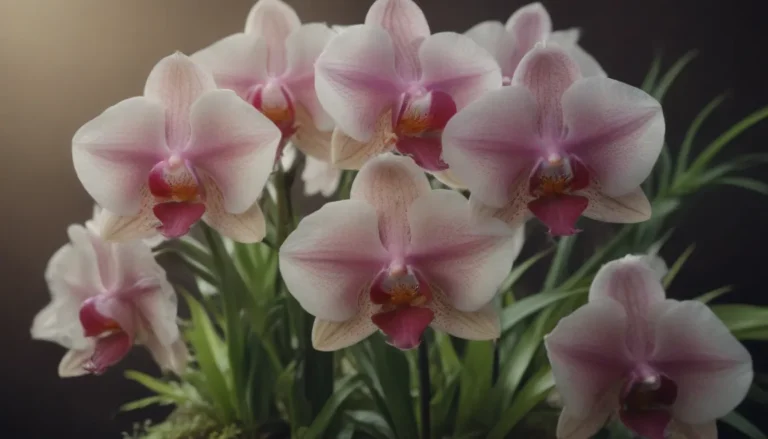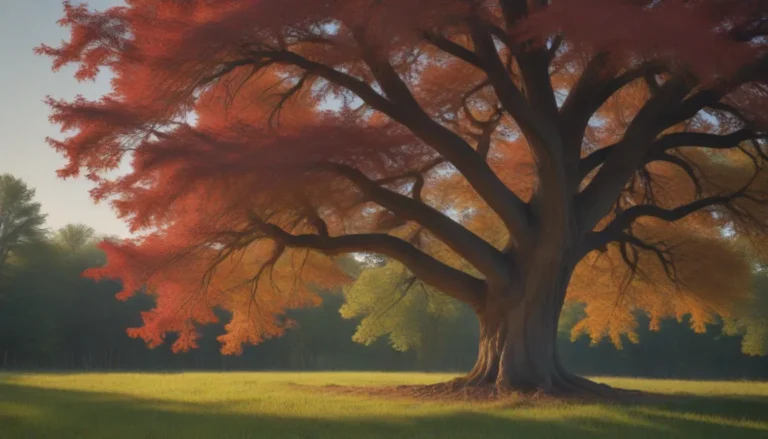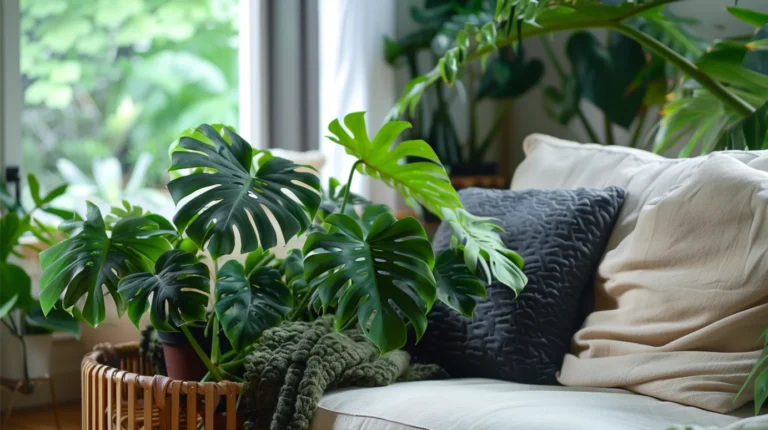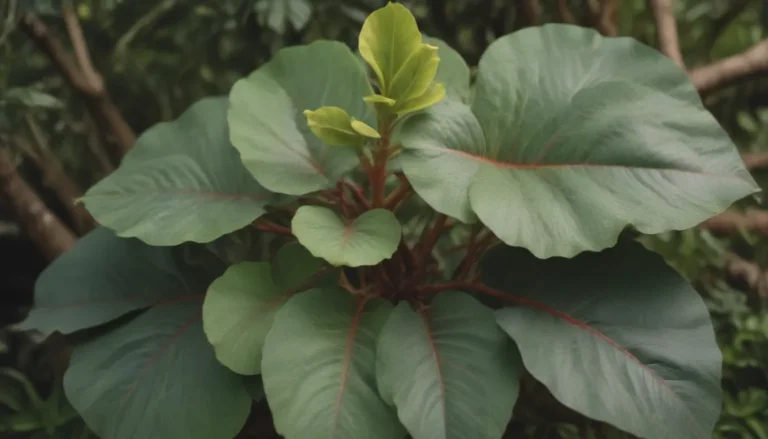The Ultimate Guide to Growing and Caring for Rhubarb
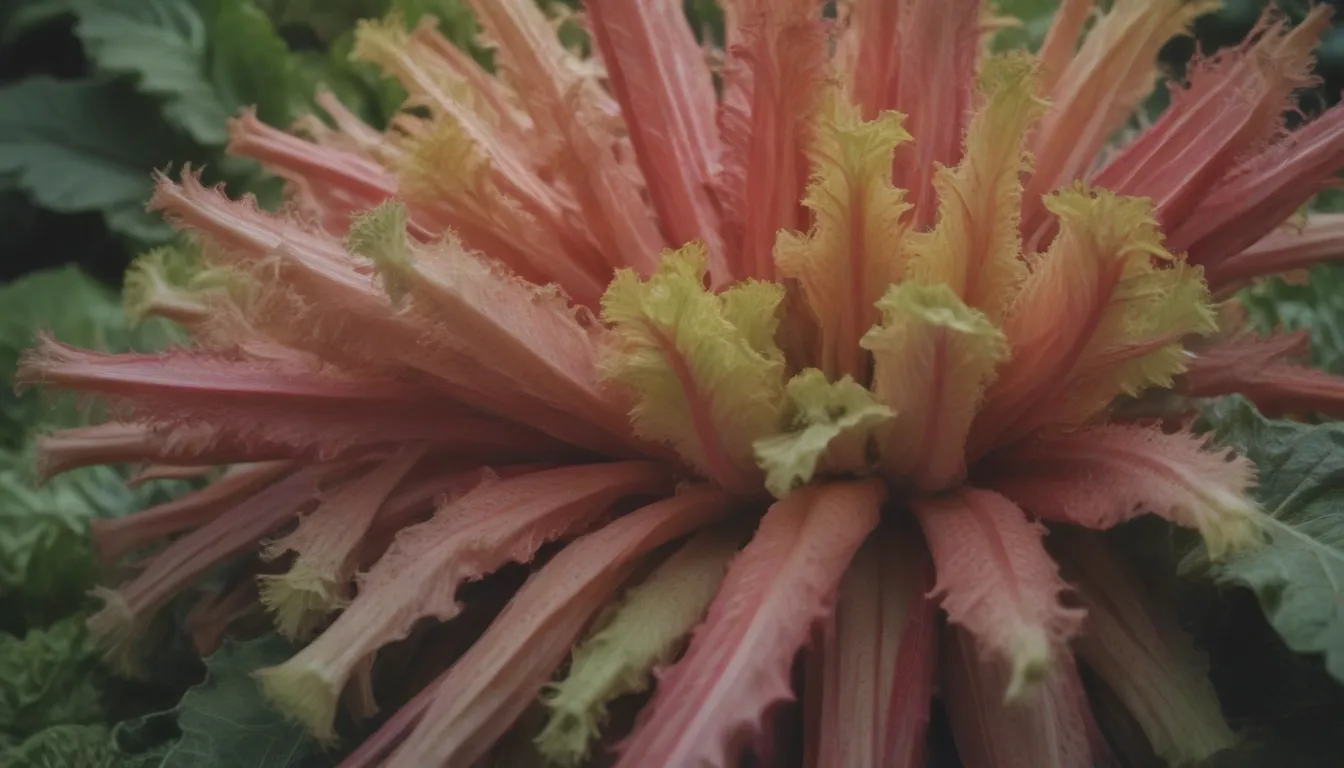
Are you looking to add a tasty yet ornamental vegetable to your garden? Look no further than rhubarb! This cool-season crop is not only delicious but also easy to grow and care for. Whether you’re a seasoned gardener or a beginner, rhubarb is a great addition to any garden. In this comprehensive guide, we will cover everything you need to know about growing and caring for rhubarb, from planting to harvesting and everything in between.
Planting Rhubarb
When to Plant
Rhubarb should be planted in the cool early spring temperatures once the ground has thawed and becomes workable. This is the perfect time to get your rhubarb off to a good start for a successful growing season.
Selecting a Planting Site
Choose a sunny spot in the garden with good soil drainage for your rhubarb plants. Since rhubarb can live for many years, it’s essential to pick a spot where it can grow undisturbed. Avoid planting near tall trees or shrubs that may shade out your rhubarb. To prevent weed competition, consider adding a 2-inch layer of mulch around your plants.
Spacing, Depth, and Support
Rhubarb is usually grown from purchased crowns (root divisions) rather than from seed to speed up the harvest process. Plant the crowns around 4 inches deep and 4 to 6 feet apart to allow for optimal growth. Avoid planting them too close together, as this can result in smaller and less productive rhubarb. Rhubarb plants do not require a support structure, making them easy to maintain.
Rhubarb Care
Light
Rhubarb thrives best when planted in full sun, receiving at least six hours of direct sunlight daily. In warmer growing zones, some afternoon shade may be beneficial to prevent thin stems. However, too much shade can hinder growth, so finding the right balance is key to healthy rhubarb plants.
Soil
Rhubarb prefers slightly acidic to neutral soil pH and thrives in soil rich in organic matter. Ensure that your soil is well-draining and moist, as rhubarb plants do not like to sit in waterlogged soil. If you have heavy clay soil, consider planting your rhubarb in raised garden beds to provide the ideal growing conditions.
Water
Consistent moisture is crucial for the growth of rhubarb plants, especially during the first two years of growth. While mature plants can tolerate drought to some extent, it’s essential to water your rhubarb regularly. Avoid overwatering, as this can cause the crowns to rot in wet soil. A good rule of thumb is to water when the top inch of soil dries out.
Temperature and Humidity
Rhubarb thrives in climates where the average temperature is below 40 degrees Fahrenheit in the winter and below 75 degrees Fahrenheit in the summer. While it can be grown as an annual in warmer areas, excessive heat can result in thin stalks and leaves. Dry climates may pose a challenge in maintaining the required moisture levels for rhubarb, so consider using mulch to conserve soil moisture.
Fertilizer
Organic matter, such as compost, is essential for the healthy growth of rhubarb plants. Avoid using chemical fertilizers on young rhubarb plants, as nitrates can be harmful to them. You can add organic fertilizer around your plants at the start of the second growing season, ensuring it’s safe for consumption if you plan to eat your rhubarb.
Pollination
Rhubarb is a self-pollinating plant, making it easy to care for in terms of pollination needs.
Types of Rhubarb
There are several types of rhubarb, each with unique attributes that make them desirable to grow. Some common varieties include:
- ‘Victoria’: Known for its large, flavorful stalks.
- ‘Valentine’: Produces bright red stalks with a sweet flavor.
- ‘Crimson Cherry’: Offers vibrant red stalks and a rich, tangy taste.
- ‘Canada Red’: Known for its striking red color and robust flavor profile.
Rhubarb vs. Red Chard
Red chard is sometimes mistaken for the bright red stalks of rhubarb. While chard is a vegetable with edible leaves, rhubarb is technically a fruit, and its leaves are toxic to humans and pets. Knowing the difference between the two can help avoid confusion when tending to your garden.
Harvesting Rhubarb
- Avoid harvesting any rhubarb in the plant’s first growing season to allow it to establish itself.
- Take a small harvest in the second growing season.
- During the third season, you can harvest freely, but never take more than a third to half of the plant at one time.
- In warmer climates where rhubarb is grown as an annual, you can harvest as much as you want in the first year.
- The main harvest season is in the spring, with smaller harvests possible throughout the summer.
- Harvest stalks that are red and around 12 to 18 inches long for the best taste and tenderness.
- Cut the stalks at the soil line, remove the leaves, and cook or freeze them right away for later use.
How to Grow Rhubarb in Pots
If you have heavy soil or limited garden space, consider growing rhubarb in a container. Here are some tips for successful container gardening with rhubarb:
- Choose a large pot at least 12 inches in diameter with drainage holes.
- Use well-draining potting mix suitable for vegetables.
- Water consistently and ensure the plant has room to develop its root system in the container.
Pruning
- Remove any flower stalks taller than leaf stalks as soon as they appear to maintain the health and vigor of the plant.
- Preventing flowering will ensure robust leaf stalks for harvesting.
Propagating Rhubarb
Rhubarb is best propagated by division, typically done every five years to keep plants healthy and vigorous. Here’s how to propagate rhubarb:
- Divide the plant in early spring or fall.
- Look for signs such as thin stalks to know when it’s time to divide.
- Dividing regularly helps maintain the plant’s growth and productivity.
How to Grow Rhubarb From Seed
While rhubarb is commonly grown from crowns, you can also start plants from seed. Here’s how to grow rhubarb from seed:
- Plant seeds in moistened seed-starting mix about an inch deep.
- Keep the soil consistently moist and provide bright, indirect light.
- Seedlings should emerge in one to two weeks, but be patient as it may take longer.
Potting and Repotting
When growing rhubarb in containers, it’s essential to use the right potting mix and monitor root growth for repotting. Here’s how to pot and repot rhubarb:
- Use a well-draining potting mix suitable for vegetables.
- Plant the crown at the appropriate depth in the pot.
- Repot when roots start to outgrow the container, typically every three years.
Overwintering
To protect rhubarb plants during the winter months, follow these tips for overwintering:
- Cut back the foliage to the ground in the fall.
- Cover plants with 2 to 4 inches of mulch once the ground freezes.
- This will help insulate the roots and prevent them from drying out over the winter.
Common Pests and Plant Diseases
Rhubarb can be susceptible to various pests and diseases, including crown rot, foliar leaf spots, stalk borers, beetles, and rhubarb curculio. Here are some tips for managing common issues:
- Use organic or chemical pesticides as needed, following label directions for edible plants.
- Keep the area around your plants clean and free of debris to reduce breeding areas for pests.
- Regular monitoring and maintenance can help prevent and address common problems with rhubarb.
In conclusion, rhubarb is a versatile and rewarding plant to grow in your garden. Whether you’re a seasoned gardener or a beginner, rhubarb’s easy care requirements and delicious harvest make it a must-have for any home garden. With proper planting, care, and maintenance, you can enjoy fresh rhubarb pies, jams, and more for many years to come. Happy gardening!
